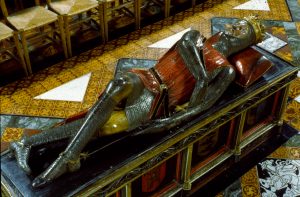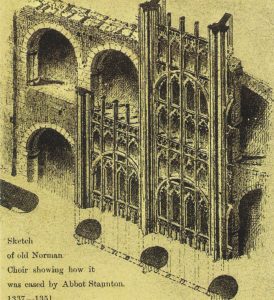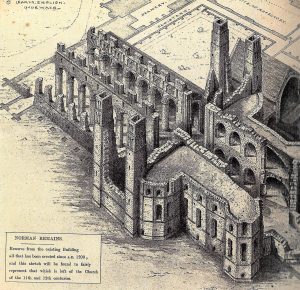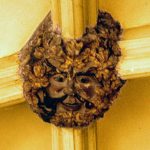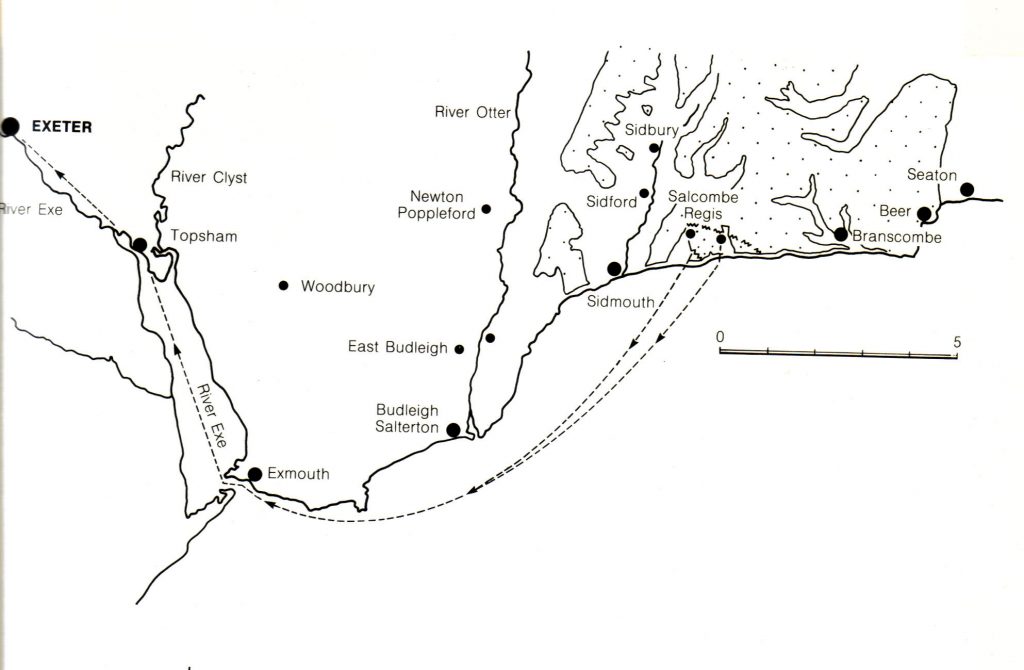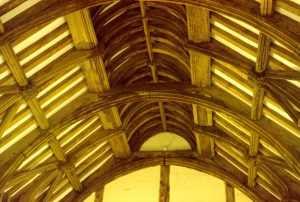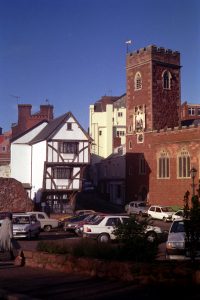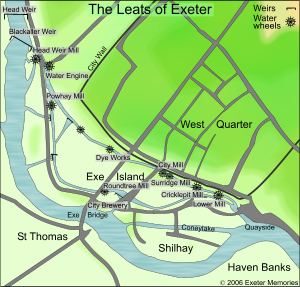 Gloucester Cathedral in England was a monastic church in 1392 and played an important role in Memento Mori, the third novel in my Lady Apollonia West Country Mysteries. In the 14th century, the present cathedral was the Abbey of Saint Peter which was the most important monastic house in Gloucester. Lady Apollonia visited the abbey in my story and was amazed to observe the great east window from the ambulatory around the quire.
Gloucester Cathedral in England was a monastic church in 1392 and played an important role in Memento Mori, the third novel in my Lady Apollonia West Country Mysteries. In the 14th century, the present cathedral was the Abbey of Saint Peter which was the most important monastic house in Gloucester. Lady Apollonia visited the abbey in my story and was amazed to observe the great east window from the ambulatory around the quire.
The east window is extremely large, 72 feet high by 38 feet wide. It is the size of a tennis court and was the largest stained glass window in 14th century England. The east window of York Minster is also the size of a tennis court, but it was not built until the 15th century. Neither those who did the glazing nor the exact date of Gloucester’s window are known. Perhaps the glazers came from Bristol, the nearest large city. The armour of one of the figures depicted in the window suggests the period of the 1350’s. I am confident that the window was installed by the end of Abbot Horton’s tenure in 1377, well before Apollonia’s visit in 1392.
There are several registers of lights containing various figures. The subject of the window seems to be the coronation of the Virgin with a theme of hierarchy with heaven above and earth below. Bands of red and blue glass run upwards from behind the high altar to the vaulting high above which is filled with heavenly angels. The stained-glass figures shown in the many tiers of niches look as though they represent stone sculptures, each niche has a canopy rising to become a pedestal for the figure it holds.
The lowest stained glass tier displays the shields and coats of arms of noble families who may have contributed to the window’s construction. One of the niches in this tier has, below the coat of arms, the surprising image of what appears to be a golfer swinging a club. We have no idea why he is there or what he is really doing.
The next tier upward is thought to contain abbots of Gloucester and bishops of the Diocese of Worcester as well as three kings. One of the kings, Edward II, was surely there in Apollonia’s time. The other two may have been inserted later. Saints are in the tier above this, and some of them can be identified by their attributes such as Saint Lawrence who is holding his symbol, a gridiron. Saint Thomas is shown in the picture at the top.
Christ and the Virgin are centred on the next tier surrounded by apostles while the uppermost tier is filled with quires of angels. The very top niche at the apex of this Gothic window consists of a 15th or 16th century image of Saint Clement. We don’t know what was there in the 14th century. More likely it was God himself.
